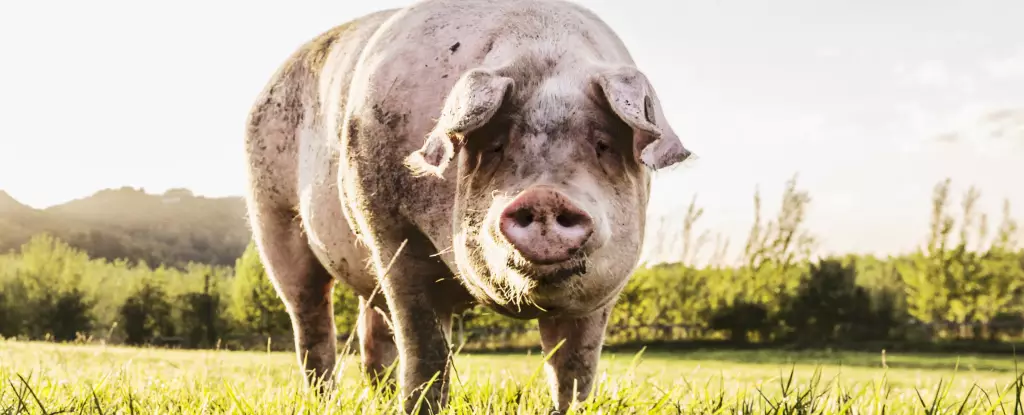In a startling development, health officials in the United States announced the first recorded instance of a pig testing positive for the H5N1 avian flu virus. This case emerged from a small, non-commercial farm in Oregon, highlighting a worrying trend in the realm of zoonotic diseases—those that can jump from animals to humans. The H5N1 virus, primarily associated with birds, particularly poultry, has now crossed species lines, raising questions about the resilience of our existing biosecurity measures.
The announcement made by the U.S. Department of Agriculture (USDA) stated that the infection was discovered on a pig just four days after several birds on the same farm tested positive for the virus. This rapid succession of positive tests underscores the potential for swift interspecies transmission in environments where animals share living conditions. The USDA reassured the public that this particular farm was non-commercial and that the pork supply chain was not at risk. However, the incident draws attention to the complex dynamics of livestock and poultry cohabitation, which can facilitate viral dissemination.
Response and Containment Measures
In response to the positive H5N1 test, the authorities took immediate action by euthanizing the infected pig along with four others on the farm to conduct further diagnostical investigations. According to reports, two pigs were confirmed negative for the virus while results were still pending for the other two. Such decisive action is critical in controlling outbreaks and reflects the USDA’s commitment to monitoring and managing public health risks.
Meanwhile, the farm has been quarantined to prevent any further transmission of the virus. Additionally, other animals, including sheep and goats, within the same environment are now under close observation. These proactive measures demonstrate an understanding of the interconnectedness of animal species in virus transmission and the importance of vigilance in livestock management.
As public health experts continue to monitor this situation, concerns mount regarding the potential for H5N1 to mutate into a strain that could affect humans. While there is currently no evidence suggesting that the virus has adapted to be more transmissible to humans, the genetic analysis from the poultry on the Oregon farm offers reassurances. The USDA has indicated that genomic sequencing is underway for the pig’s samples, with the hope of further clarifying the characteristics of the virus.
This incident serves as a timely reminder that emergent infectious diseases pose a persistent threat to both animal and human populations. Although the immediate risk to the pork supply and human health appears minimal, the situation warrants continuous surveillance as similar zoonotic spillovers could occur elsewhere, potentially setting the stage for new health crises.
The detection of H5N1 in an Oregon pig should reignite discussions around biosecurity protocols in farming. As more cases of mammals testing positive for avian flu are reported, the agricultural sector and health authorities must enhance their cooperative efforts in surveillance and rapid response. Proactive measures, constant vigilance, and ongoing public awareness are essential in safeguarding both animal health and public safety in an increasingly interconnected world.



Leave a Reply